By_shalini oraon

_Of all the metrics that define a nation’s air power, the number of operational combat squadrons is perhaps the most telling. It is a blunt indicator of reach, resilience, and the ability to sustain a multi-front conflict. For over a decade, the Indian Air Force (IAF) has sounded a clarion call as its squadron strength has dwindled, dipping well below the sanctioned 42.5 squadrons considered essential to counter a two-front threat from Pakistan and China. In this context of urgent modernization, a colossal plan to comprehensively upgrade the IAF’s most potent fighter jet, the Sukhoi Su-30MKI, has moved from the drawing board to active government consideration. This is not merely a life-extension program; it is a strategic imperative to bridge a critical capability gap and maintain air superiority in the Indo-Pacific.
The Squeeze: A Shrinking Combat Fleet
The IAF’s squadron strength currently hovers around 31-32 squadrons, a far cry from the 42.5 mandated by its own operational philosophy. This decline is the result of a painful transition phase where legacy aircraft like the MiG-21s, MiG-27s, and older Jaguars are being retired faster than new inductions can fill the void. The much-anticipated Rafale induction, while a massive capability boost, added only 36 aircraft (two squadrons). The indigenous Tejas Mk1, though a symbol of national pride, has been inducted at a pace that cannot offset the rate of retirement.
This numerical deficit creates a dangerous operational reality. It stretches existing squadrons thin, increasing the operational burden on both men and machines. It reduces the IAF’s ability to maintain a credible defensive posture on two fronts simultaneously and limits its offensive options in a prolonged conflict. In short, the IAF is a elite force with world-class pilots but without the numerical mass considered essential for its vast operational responsibilities.
The Backbone: The Formidable, Yet Ageing, Su-30MKI Fleet
Enter the Su-30MKI. Since its first induction in 2002, the Russian-origin twin-seat, twin-engine multirole fighter has become the undisputed backbone of the IAF. With over 260 aircraft in service, it forms the bulk of the IAF’s combat power. It is a formidable platform—incredibly powerful, highly agile, and possessing a long range and heavy payload capacity that allows it to dominate large swathes of airspace.
However, the oldest of these Flankers are now over two decades old. More critically, the avionics, radar, and electronic warfare suites, which were top-of-the-line in the early 2000s, are now facing obsolescence in the face of new threats. Modern fighters like China’s J-20 stealth fighter and Pakistan’s JF-17 Block III are equipped with AESA (Active Electronically Scanned Array) radars, superior electronic warfare suites, and more advanced long-range missiles. To keep the Su-30MKI relevant and lethal against these evolving threats, a deep and comprehensive upgrade is not an option; it is a necessity.
The Upgrade Plan: Forging a “Super Sukhoi”
The proposed upgrade, often referred to as the “Super Sukhoi” program, is one of the most ambitious modernization projects in the IAF’s history. It aims to transform the Su-30MKI from a potent 4th-generation fighter into a 4.5+-generation beast, leveraging its immense airframe potential. The key pillars of this transformation are expected to include:
1. AESA Radar: The replacement of the current N011M Bars passive electronically scanned array (PESA) radar with a more modern Indian-made AESA radar is the centerpiece of the upgrade. An AESA radar offers greater detection range, superior tracking of multiple targets, higher resistance to jamming, and a lower probability of intercept. The Uttam AESA radar, developed by the Defence Research and Development Organisation (DRDO), is a prime candidate, signaling a push for greater indigenous content.
2. Advanced Avionics and Mission Computers: The cockpit will undergo a radical change, with modern glass cockpits, larger displays, and advanced mission computers that can process vast amounts of data from sensors and off-board platforms. This will significantly reduce pilot workload and enhance situational awareness.
3. New Weaponry: An upgraded Su-30MKI will be integrated with the latest generation of indigenous and imported weapons. This includes the deadly Astra Beyond Visual Range Air-to-Air Missile (BVRAAM) and its future variants, the Rudram series of anti-radiation missiles, and potentially new precision-guided munitions and cruise missiles. This will dramatically increase its lethality in both air-to-air and air-to-ground roles.
4. Electronic Warfare (EW) Suite: The aircraft will be fitted with a new, more potent indigenous EW system, like the DARE Unified EW Suite, to better detect, jam, and deceive enemy radars and missile seekers, thereby enhancing its survivability in contested airspace.
5. Engine and Airframe Life Extension: While a complete engine replacement is unlikely due to cost, the upgrade will involve meticulous inspection and refurbishment of the AL-31FP engines and the airframe to extend their total technical life by thousands of flight hours.
Strategic and Economic Imperatives
The government’s serious look at this plan is driven by a mix of strategic, economic, and industrial factors.
· Capability Bridge: The upgraded Su-30MKI fleet will serve as a critical bridge, maintaining the IAF’s combat mass until the indigenous Advanced Medium Combat Aircraft (AMCA) and additional Rafales or other new fighters arrive in significant numbers, which is at least a decade away.
· Cost-Effectiveness: Upgrading an existing airframe is significantly cheaper than buying a new one. With an estimated cost of $4-5 billion for the entire fleet upgrade, it offers a cost-effective way to boost combat power without the massive financial outlay of a new procurement program.
· Boosting Self-Reliance: The program is a major test case for the “Make in India” initiative in defence. With Hindustan Aeronautics Limited (HAL) as the lead integrator and DRDO labs providing key systems, the project will deepen India’s expertise in fighter jet upgrade and maintenance, creating a sovereign capability crucial for long-term security.
· Deterrence Value: A fleet of 260+ upgraded “Super Sukhois” would send a powerful message to adversaries. It would complicate their tactical planning and reaffirm India’s commitment to maintaining qualitative and quantitative edge in the region.
Challenges and the Road Ahead
The path to the “Super Sukhoi” is not without hurdles. Integrating complex indigenous systems with a Russian-origin platform presents a significant engineering challenge. The project will require seamless collaboration between the IAF, HAL, DRDO, and Russian original equipment manufacturers. Timely execution is paramount; any delays would defeat the program’s purpose of providing an immediate capability boost.
In conclusion, the Indian government’s move to green-light the Su-30MKI upgrade is a pragmatic and decisive response to a pressing national security challenge. It is an acknowledgment that while the future lies in stealth and indigenous fifth-generation fighters, the present battle must be won with the tools at hand. By transforming its workhorse into a world-beater, India is not just upgrading an aircraft; it is strategically reinforcing the very backbone of its air defence, ensuring that the dwindling squadron numbers do not translate into a dilution of air power in the volatile skies of Asia.
Discover more from AMERICA NEWS WORLD
Subscribe to get the latest posts sent to your email.
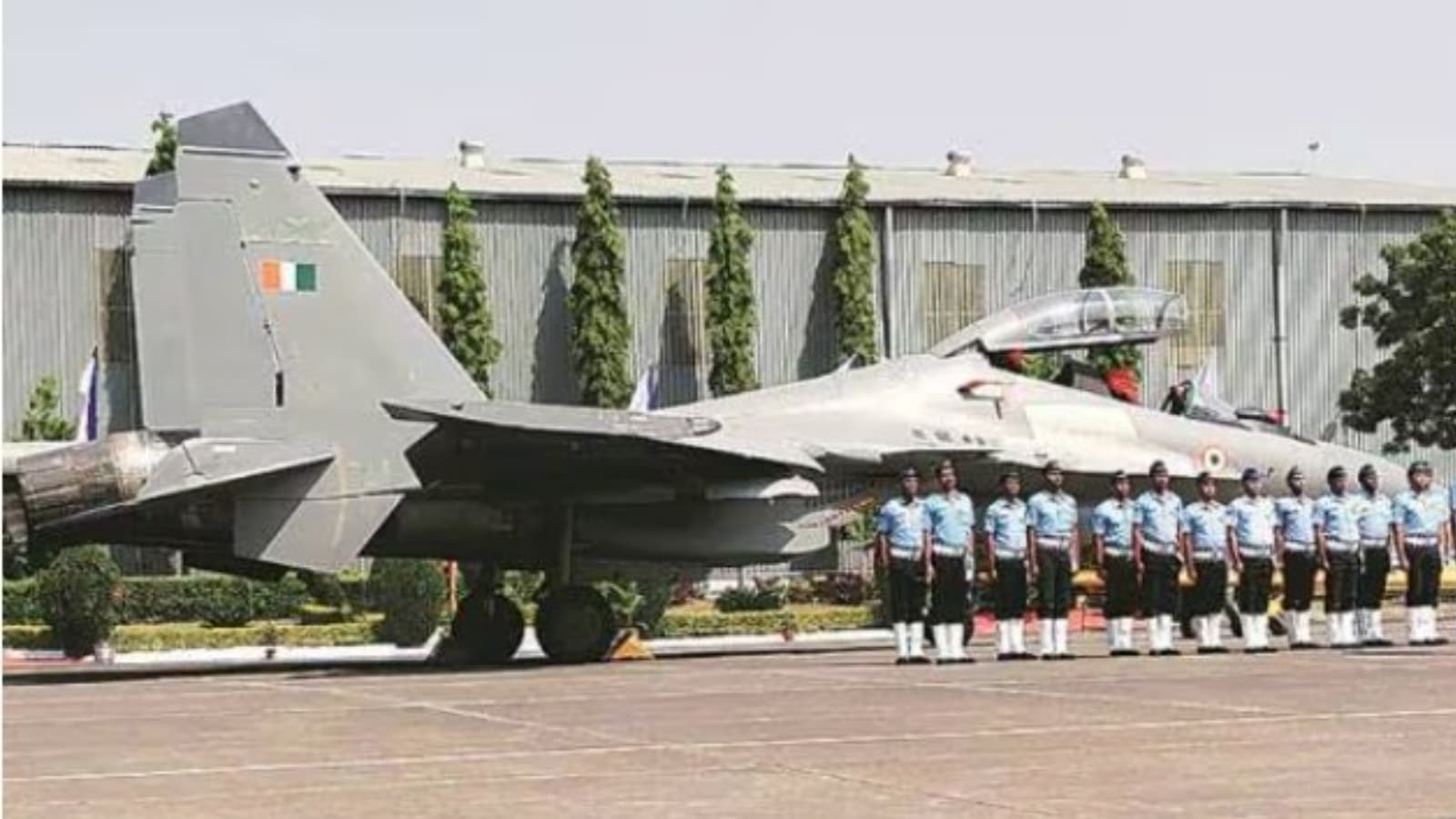




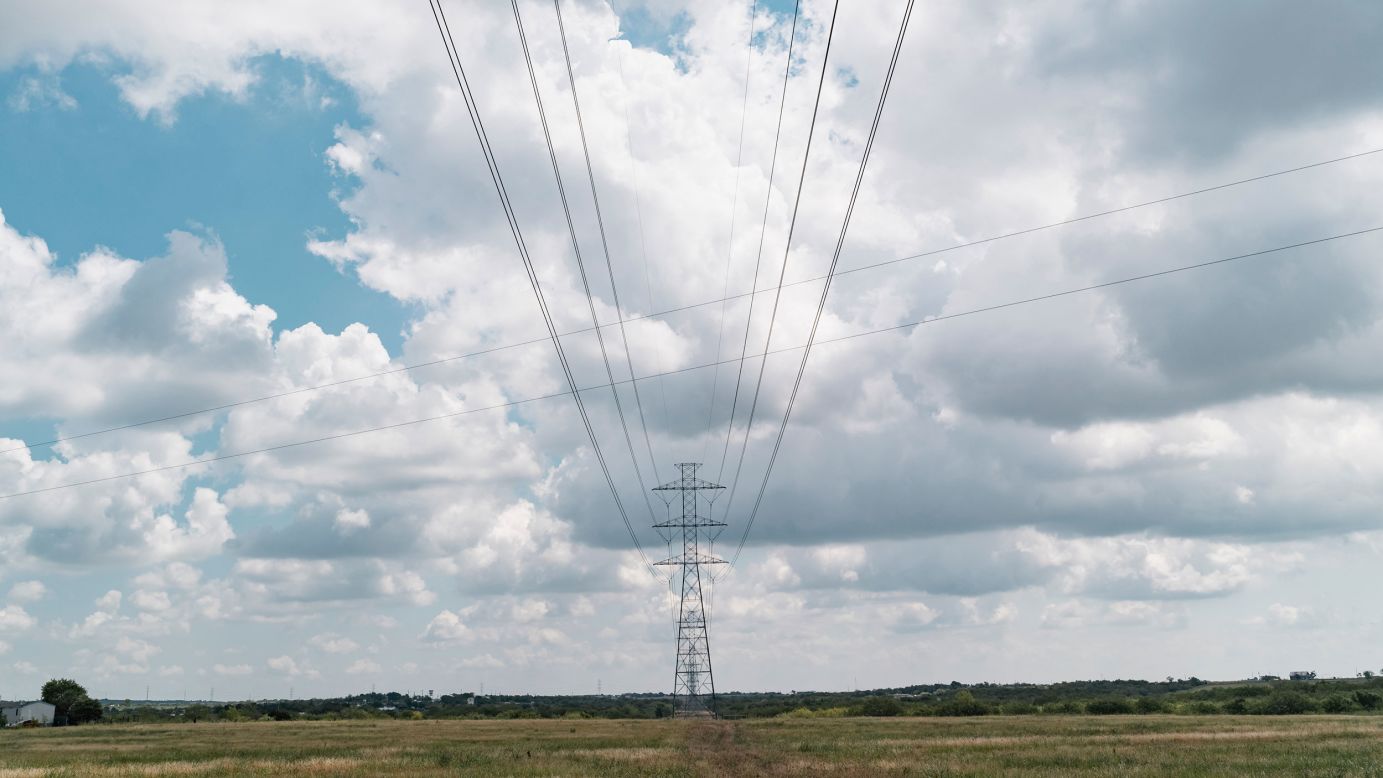







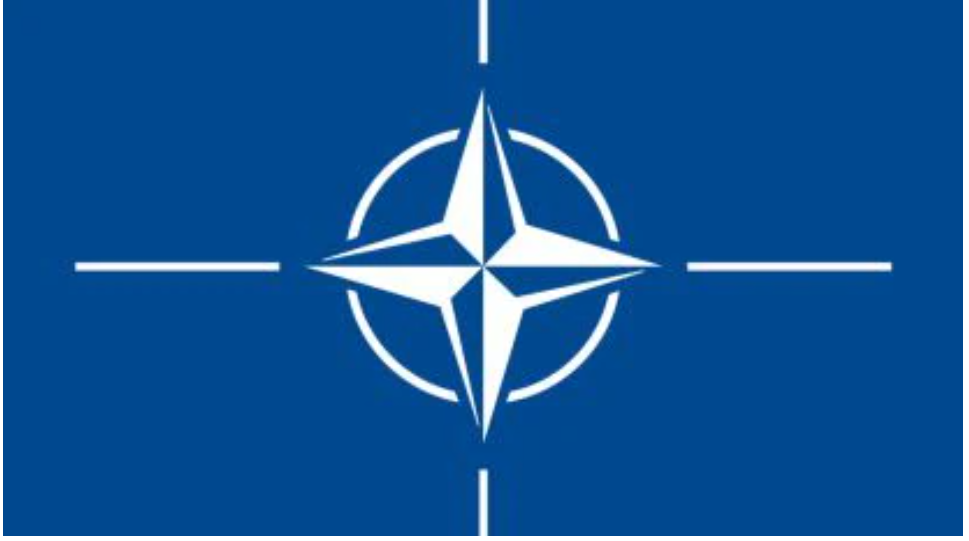




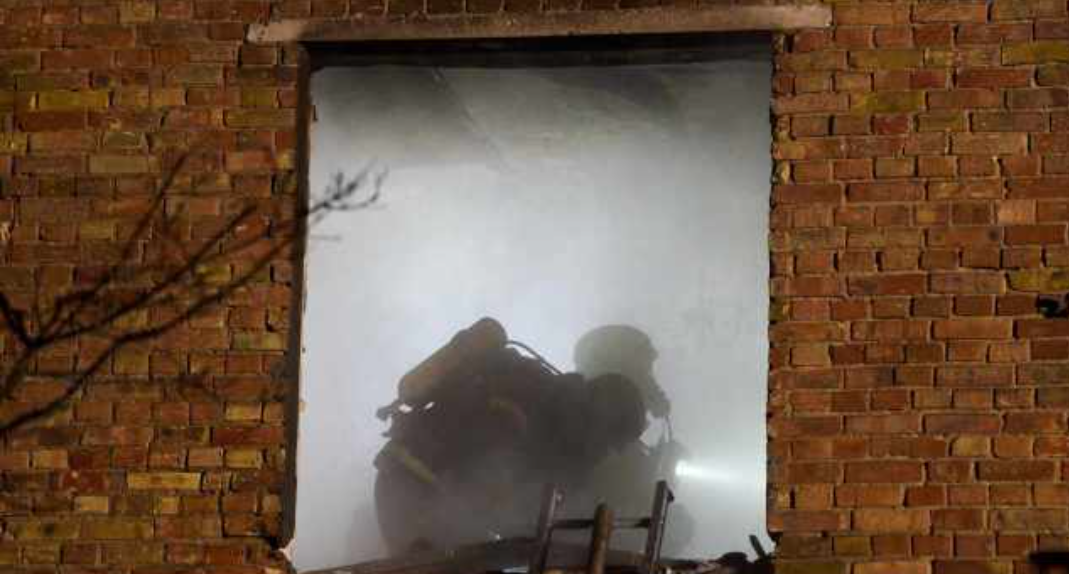



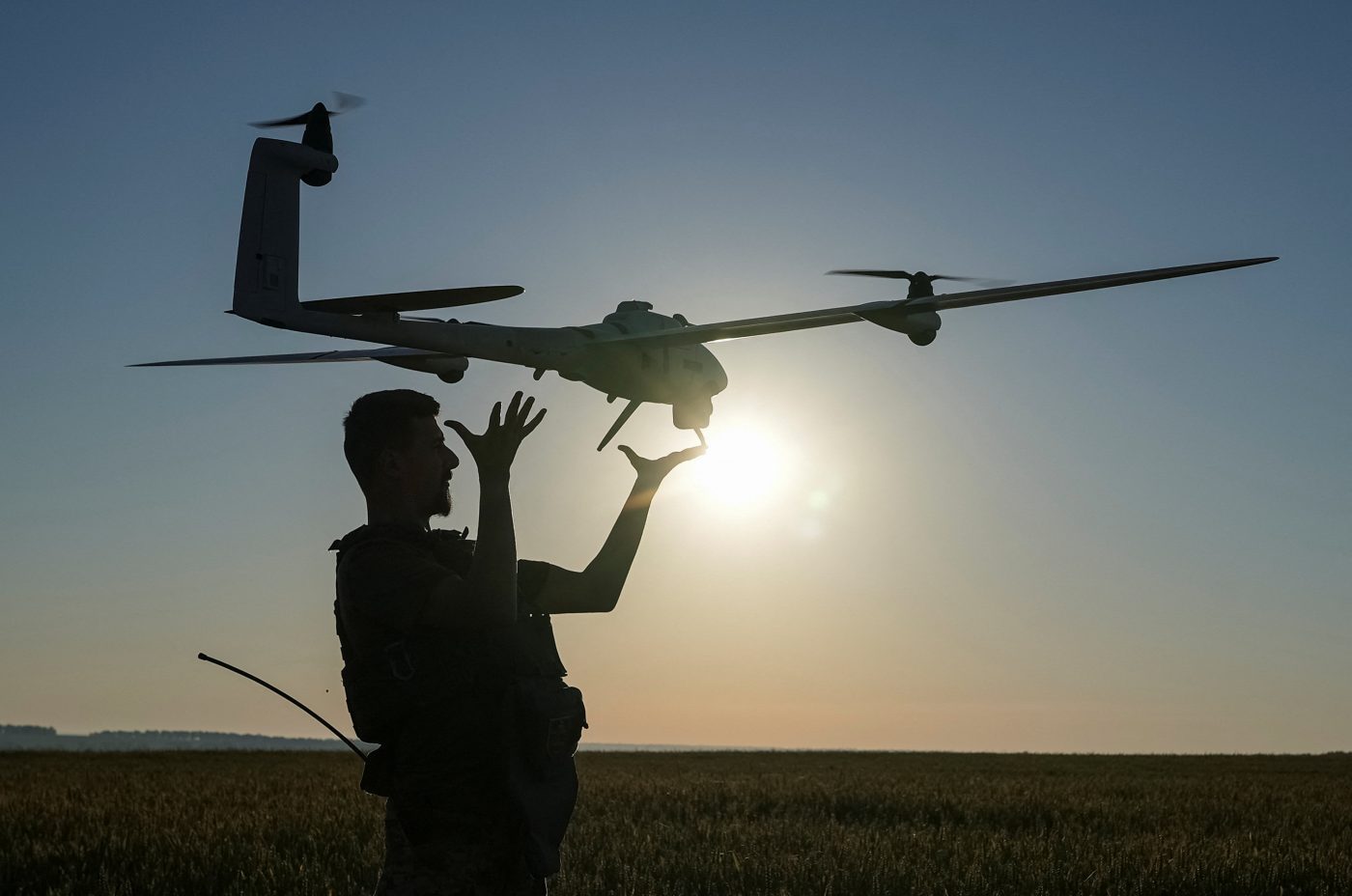









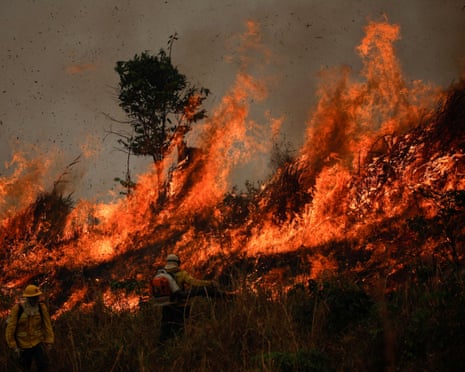
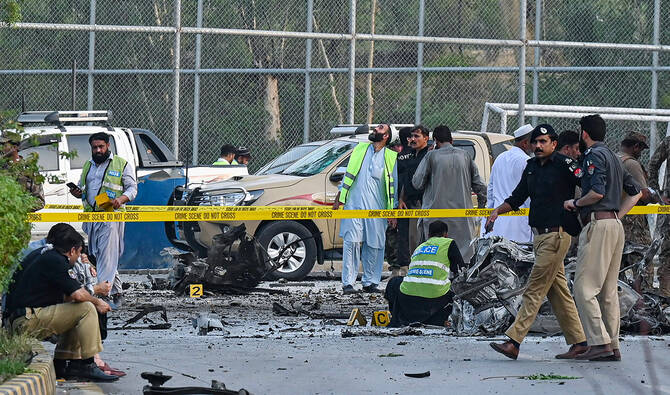


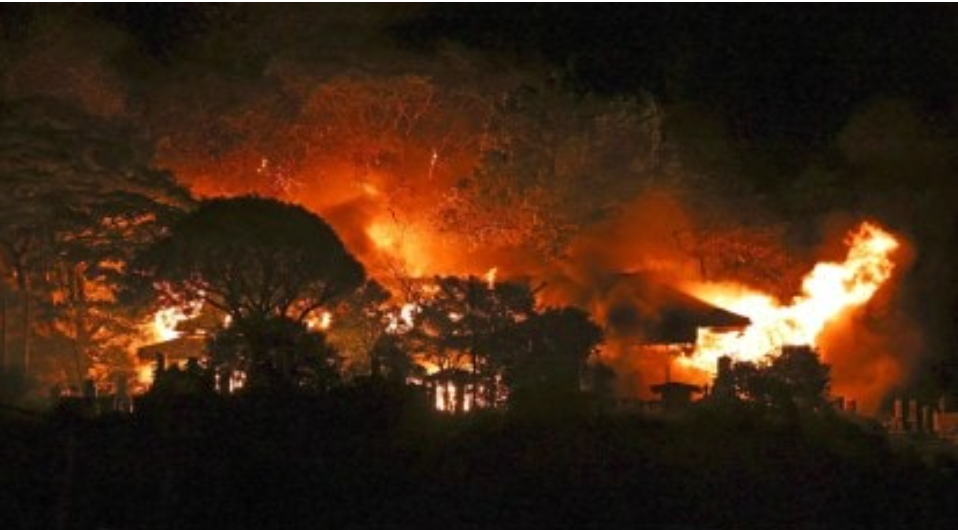




Leave a Reply